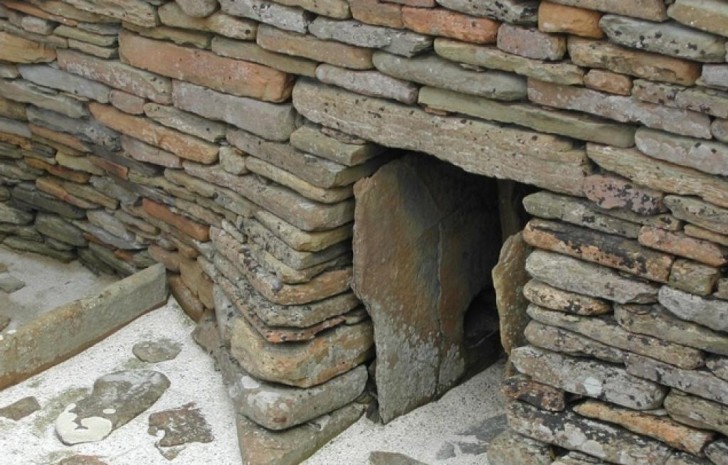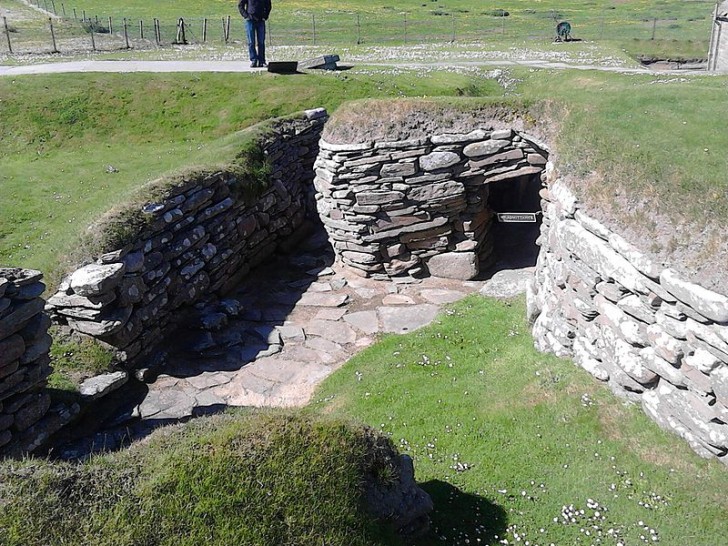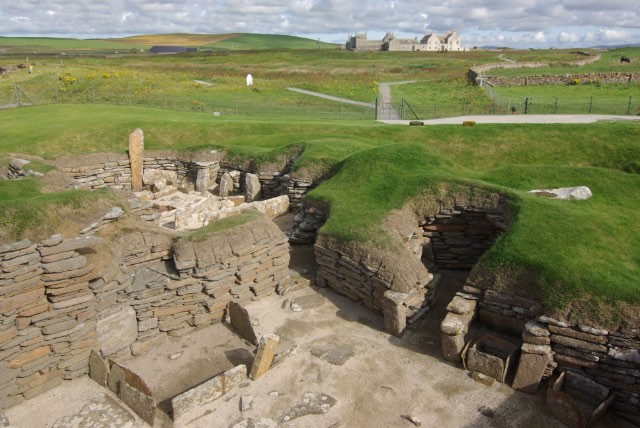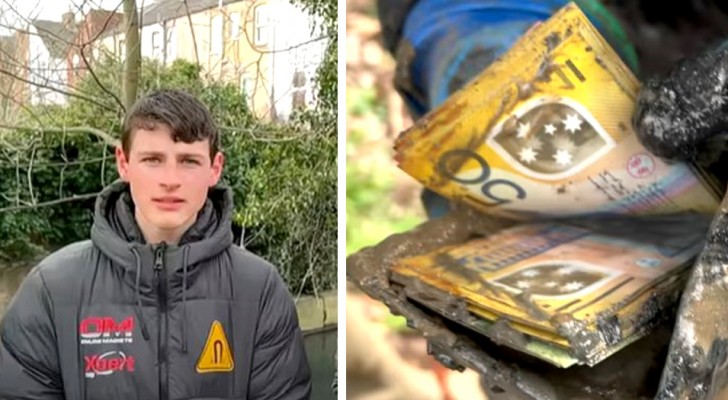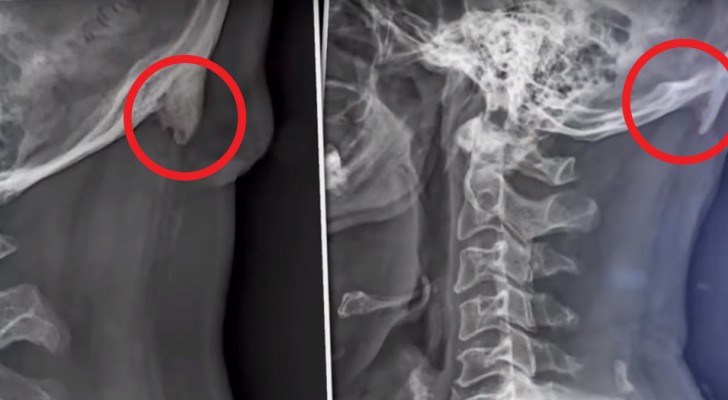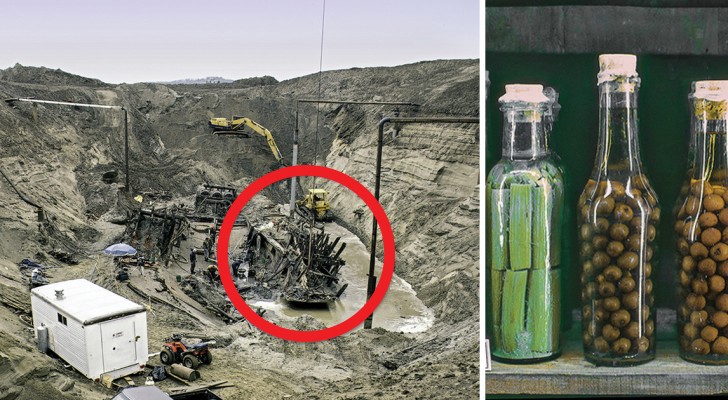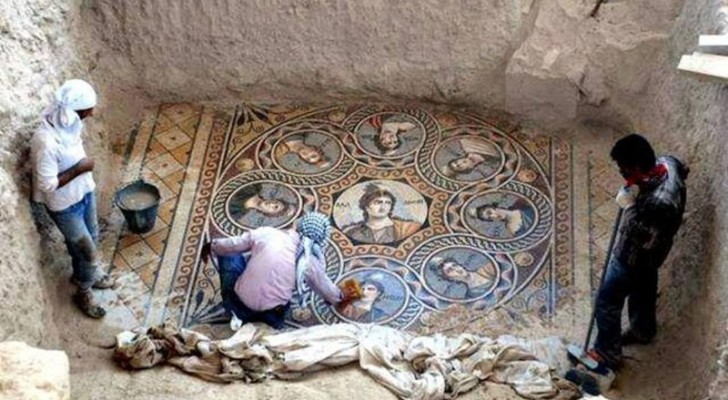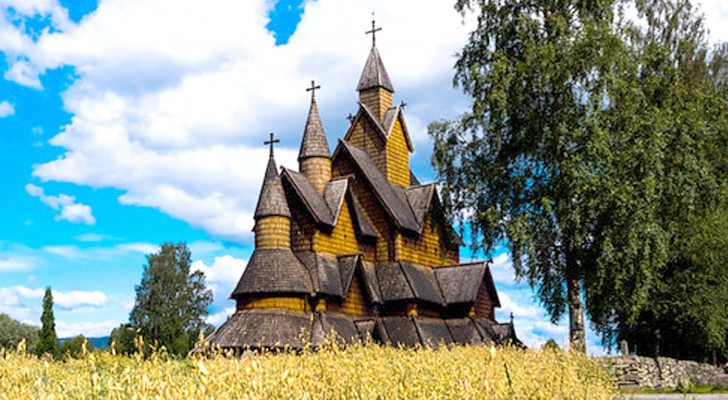A storm brings to light a settlement built 5000 years ago and here are the images of the "Scottish Pompeii"

History always re-emerges, sometimes by the work of a person who goes in search of it, and others only because perhaps the time had come for it to return to the light.
In 1850, in Skaill Bay in the Orkney Islands, on the west coast of Scotland, a tremendous storm struck, which literally devastated the area.
The fury of the storm, however, in addition to the wrecking most of the area, also revealed a precious testimony of the past, an underground settlement dating back 5000 years ago.
via Skara_Brae

The storm was so strong that it raised large clumps of soil, thus unearthing the contours of an ancient rural village from the prehistoric Neolithic era, the best preserved in all of northern Europe, a veritable window on the time and life of the individuals who resided there between 3200 and 2500 BC.
The name of the place is Skara Brae but others also call it the "Scottish Pompeii". The restoration work on the site ended in 1868 with the discovery of four houses. Unfortunately, in 1913, looters of artifacts entered the area and stole many artifacts.
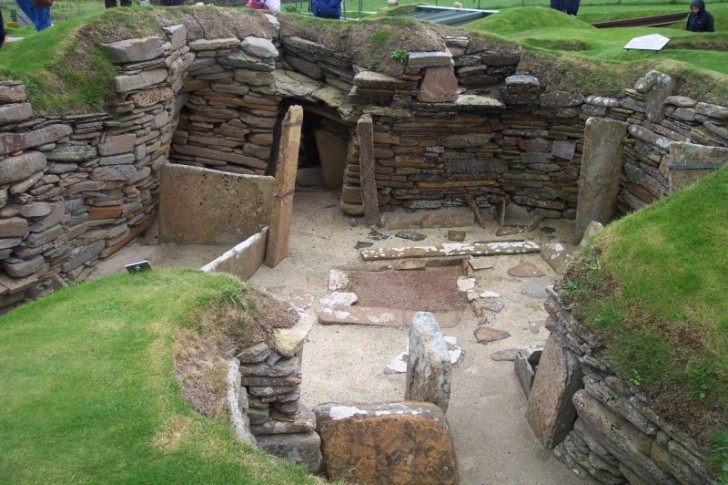
As if that weren't enough, also in 1924 another storm hit the area again, causing serious damage to one of the houses, so finally, the Scottish government decided to provide the necessary protection for this unique area.
The Skara Brae settlement consists of a total of nine houses, each about 431 sq. ft (40 sq. m) all with the same flooring and central chimney which was certainly used both for cooking food and for heating the living environment.
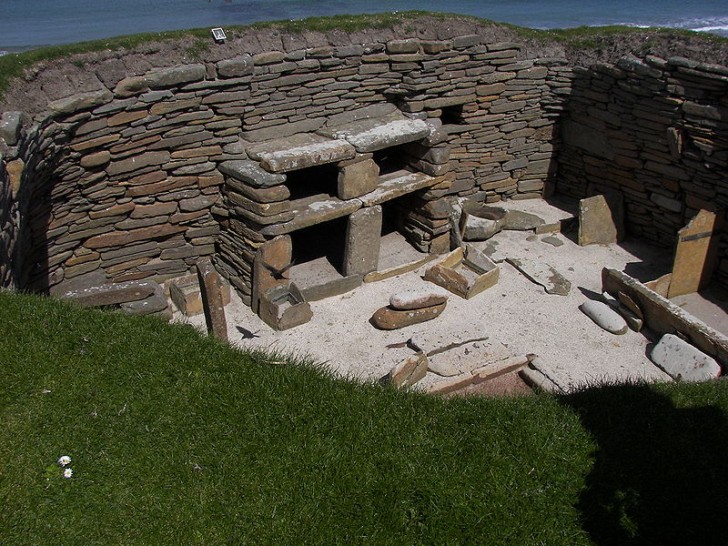
Although the buildings are even older than the Pyramids of Giza and Stonehenge, they are so well preserved that they seem to be "only" a few hundred years old.
This is all thanks to the talent of those who designed them, with their sturdy stone walls and foundations, placed at an ideal depth to guarantee protection from the cold and from the elements.
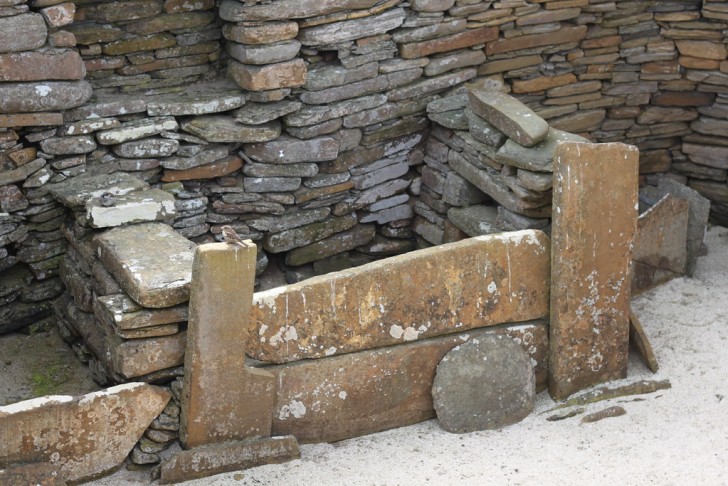
In addition to some furniture items such as seats, beds and storage compartments, the dwellings also had doors with locks and even rudimentary drainage systems, the precursors of modern bathrooms.
Based on the dating of the remains, it was possible to establish that a small community lived there for about 600 years.
From the abandoned objects, it is supposed that the inhabitants were forced to leave the place quickly, perhaps due to a climatic event or to save themselves from imminent danger.

Today Skara Brae is a UNESCO World Heritage-listed site. To be specific, it is a protected world heritage archaeological site, and therefore, a place of great importance and unique cultural richness.
Visiting the site is just like traveling back in time, and imagining the stories of those who lived their lives in that place, long, long ago.
